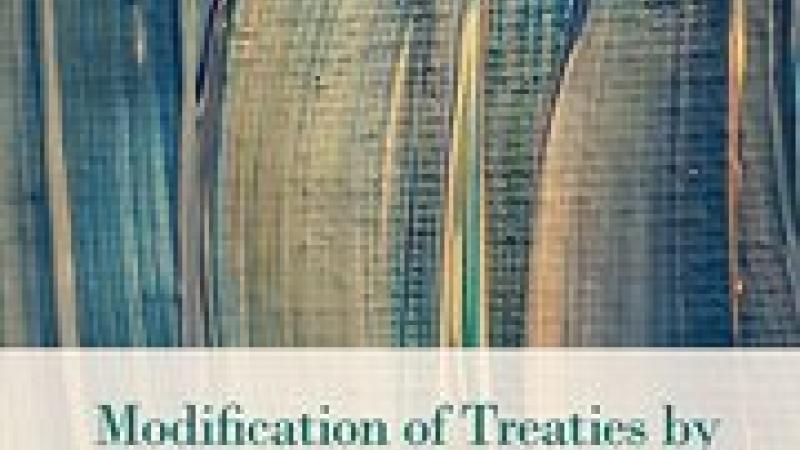
Treaties must undergo transformation and modernization to reflect changing norms and developments in international law. But treaties can be notoriously difficult to amend by formal means. One crucial way in which treaty evolution takes place is through subsequent practice, a well-established tool for treaty interpretation. While its initial aim is to shed light on the parties’ original intention, over time, subsequent practice acquires a force of its own and may come to evidence their contemporary understanding of the treaty. Subsequent practice may even diverge so far from treaty provisions that it can no longer be said to constitute an act of treaty interpretation, but becomes, in effect, one of modification. Furthermore, such practice can give rise to new norms of customary international law, which, in turn, may impact pre-existing treaty provisions. The modification of treaties by subsequent practice extends to all fields of international law, from the law of the sea, environmental law, and investment law, to humanitarian law and human rights. Such modifications can have significant practical consequences, from revising or creating new rights and obligations, to establishing new institutional mechanisms. Determining the point when the ‘switch’ from treaty interpretation to treaty modification occurs, however, is itself an act of interpretation. It poses difficulty to legal scholars and dispute settlement bodies alike, especially in light of the silence of the Vienna Convention on the Law of Treaties on this point, and impacts States’ expectations as to their treaty obligations. This book addresses this insufficiently explored issue of international significance.